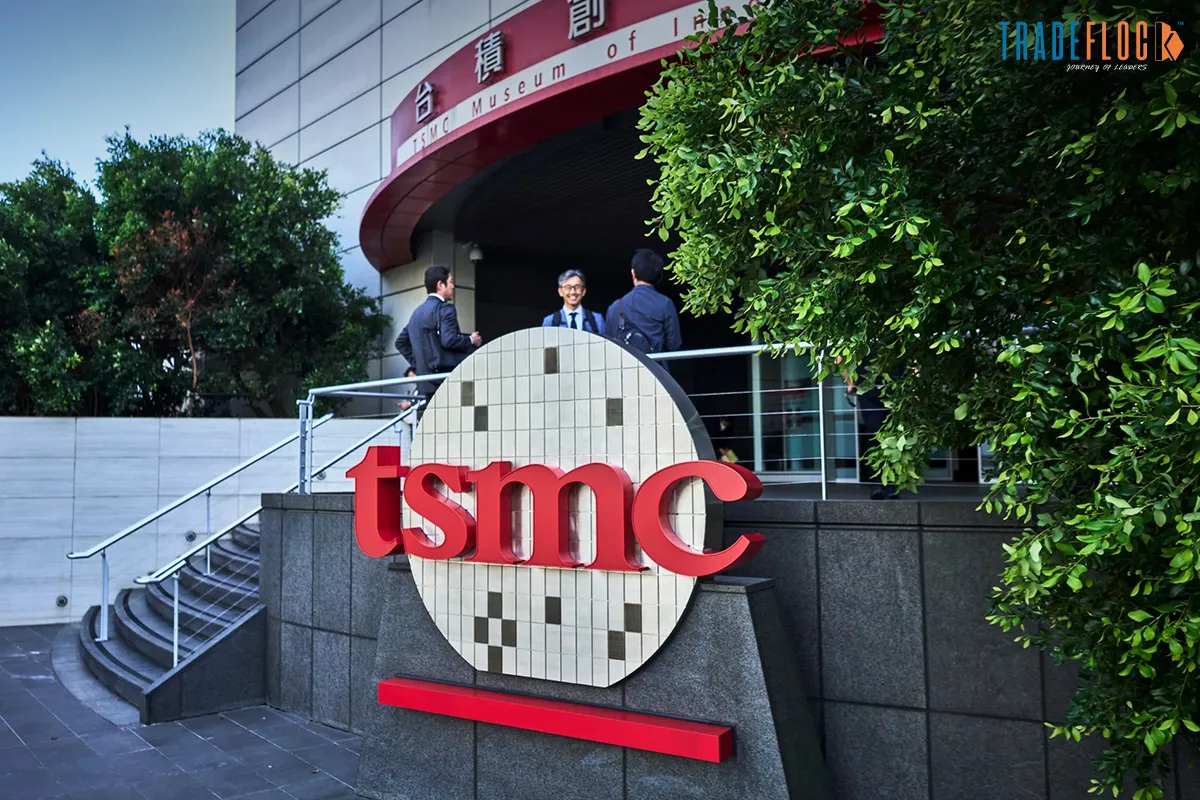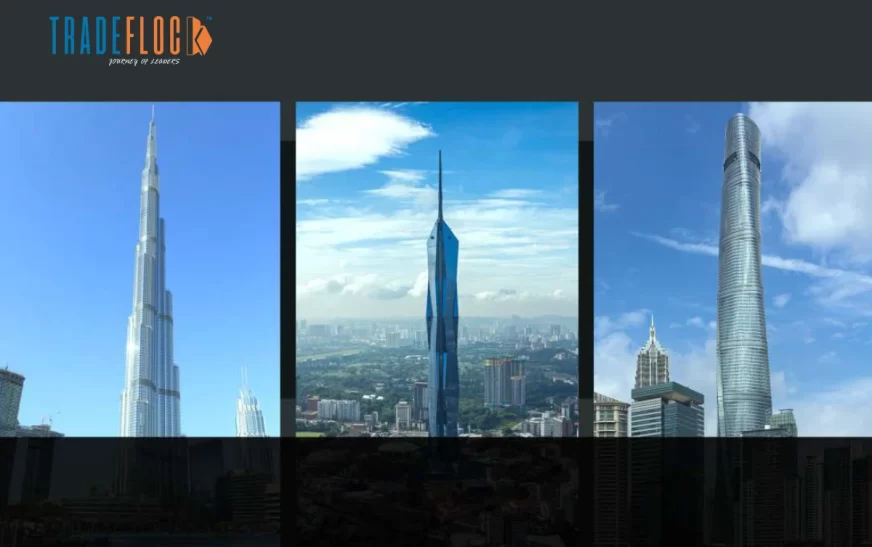In Surat, a city long known for textiles and diamonds, a startup named Raja Rani Coaching has quietly disrupted the fashion education sector. Founded in 2021, this edtech firm, led by CEO, Mohit Gadhiya, shot to prominence after featuring on Shark Tank India and earning a spot on Forbes 30 Under 30 Asia 2025. With 70+ employees and over 150,000 learners globally, it transformed from a local venture to a multimillion‑dollar enterprise, all from Surat.
Meanwhile, in Da Nang, a coastal Vietnamese city once prized only for tourism, the first-ever Super Vietnam 2025: Blockchain and AI Week drew 5,000 attendees and 112 speakers from 22 countries. Backed by a new fintech hub at VKU and a $150 million FUNDGO incubator, Da Nang is quietly building a fintech ecosystem to rival Ho Chi Minh City.
Against this backdrop, mid‑tier cities are no longer just growth pipelines, they are springboards producing leaders and companies poised to reach billion‑dollar valuations.
Why Mid‑Tier Cities Are Ascending
One of the primary lures of mid‑tier urban centres is their significantly lower operating costs. In parts of India, rents in Tier‑II cities like Jaipur or Lucknow can be just ₹40–60 per square foot, almost half what you’ll pay in a metro city such as Bengaluru. This reduced financial burden gives emerging leaders breathing space to innovate, grow, and scale with lower capital burn.
These cities are no longer talent deserts. Surat, with a population exceeding 6 million, hosts over 41,000 small and medium industrial units and is evolving into an IT hub, attracting global players like IBM and HCL. Meanwhile, in Vietnam, Da Nang and Cebu cultivate pools of tech‑savvy graduates, and Mandaue City, part of the Cebu metro area, accounts for 40% of Cebu’s export firms and is dubbed its industrial heart. Such depth of local talent is indispensable for nurturing visionary CEOs.
Government investments are boosting these cities faster than many expected. Surat has its own international airport and bus rapid transit system. Similarly, Vietnam’s Da Nang and Thailand’s Chiang Mai are receiving upgrades in connectivity, education and digital platforms. These improvements have made these cities reliable, efficient, and desirable workplaces with global business potential.
Many emerging cities are building niche strengths. Mandaue (near Cebu) is the furniture capital of the Philippines, hosting 75% of the nation’s exports in that sector. In India, Surat is globally renowned for synthetic textiles and diamond-cutting industries. When combined with digital adoption and management systems, cities like Da Nang and Chiang Mai are becoming hubs for agritech, fintech and tourism-driven tech startups.
The New Billion-Dollar Names
One rising star, DiamondVerse, began modestly in Surat, providing blockchain‑based traceability for gems. Founded by two local engineers, today the company is eyeing unicorn status. Its CEO is emblematic of a wave emerging from a city once solely known for physical diamonds.
VNDigital, a Da Nang‑based startup offering mobile banking tailored for semi‑urban Vietnam, recently secured $50 million in Series B funding. Its founder traces her inspiration to Da Nang’s swift infrastructure and the city’s emphasis on digital literacy and financial inclusion.
In Cebu, AI‑powered waste‑management firm CleanOcean was founded in Mandaue, the industrial heart of the region. Leveraging local engineering talent, the company achieved rapid growth and was acquired by a global player, its CEO is now credited with orchestrating a multi‑million‑dollar M&A from a mid‑tier origin.
Emerging Challenges & Roadblocks
Progress is not uniform. Infrastructure gaps, such as erratic logistics and uneven internet quality remain uneven in certain mid‑tier locales. For instance, while Surat’s transit infrastructure impresses, other cities still face urban service deficits. Similarly, access to large‑scale venture capital can lag; a $1 billion round remains more likely to happen in Bengaluru, even when the startup is based elsewhere.
Still, mid-tier cities are persevering through strategic action, by focusing on industries such as textiles (Surat), furniture (Mandaue), tourism-tech (Chiang Mai), and agritech (Da Nang).
Also, they are developing hubs, incubators, industry connect programmes and VC networks.
Another factor is, they are prioritising local hires and high-quality living which improves retention and nurtures local leadership talent.
The Next Breed of Leadership Belongs to Mid-Tier Cities
These regional cities are proving they’re more than stepping stones, they’re becoming destinations for CEO-level talent and billion-dollar enterprise building. For business leaders, investors, and policymakers, the mandate is clear- Build where the costs are low, talent is local, ecosystems are emerging and million‑dollar dreams can be realised beyond the megacity horizon. By 2030, expect cities like Surat, Da Nang, Cebu and Chiang Mai to produce CEOs leading global enterprises worth billions, challenging the old narrative that only capital cities breed leadership. Mid-tier rises are happening and the global business world is taking notice.











